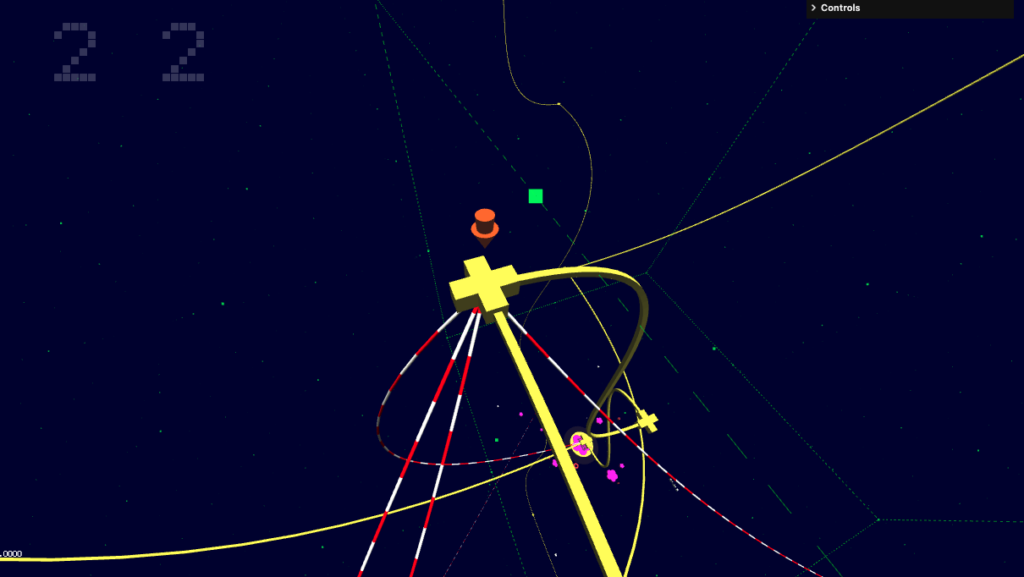
A long time ago I took a stab at making my own small js library for WebGL development. That taught me a ton but in this modern world, the people developing three.js vastly surpass in their time what you can roll on your own in yours. They made all the classes. I toyed with three.js back in 2016 but quickly reached limits with what was renderable on my old hardware (TBH my current setup is a 2012 macbookpro w/8g m and a 128 SSD…super representative). Since then, they added a class called InstancedMesh which puts the rendering lift of many individual 3d forms directly on the computer’s GPU. Enter BufferGeometry.
The fun stuff includes a use of their(three.js) SVGLoader class-> the ambition being loading SVG’s directly into a WebGL context which, as you can imagine, is stupid enticing for a person that’s done unimaginable amounts of work in illustrator. It is a traversible space; exploring in 3d the same multiple-choice narrative strategy as the AEROSOL project does in 2d.
Example: https://scottandrecampbell.com/static/index-nice.html :).